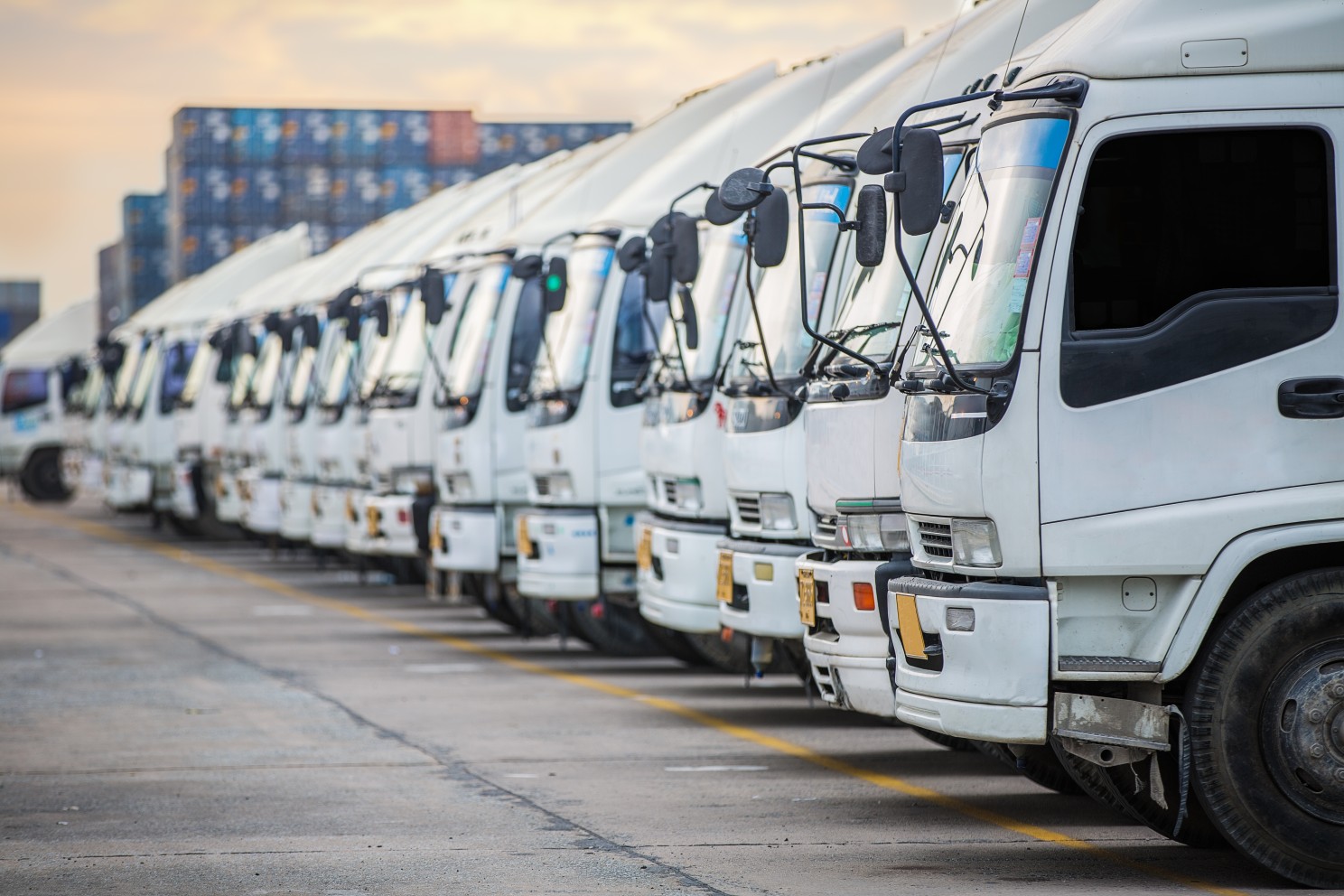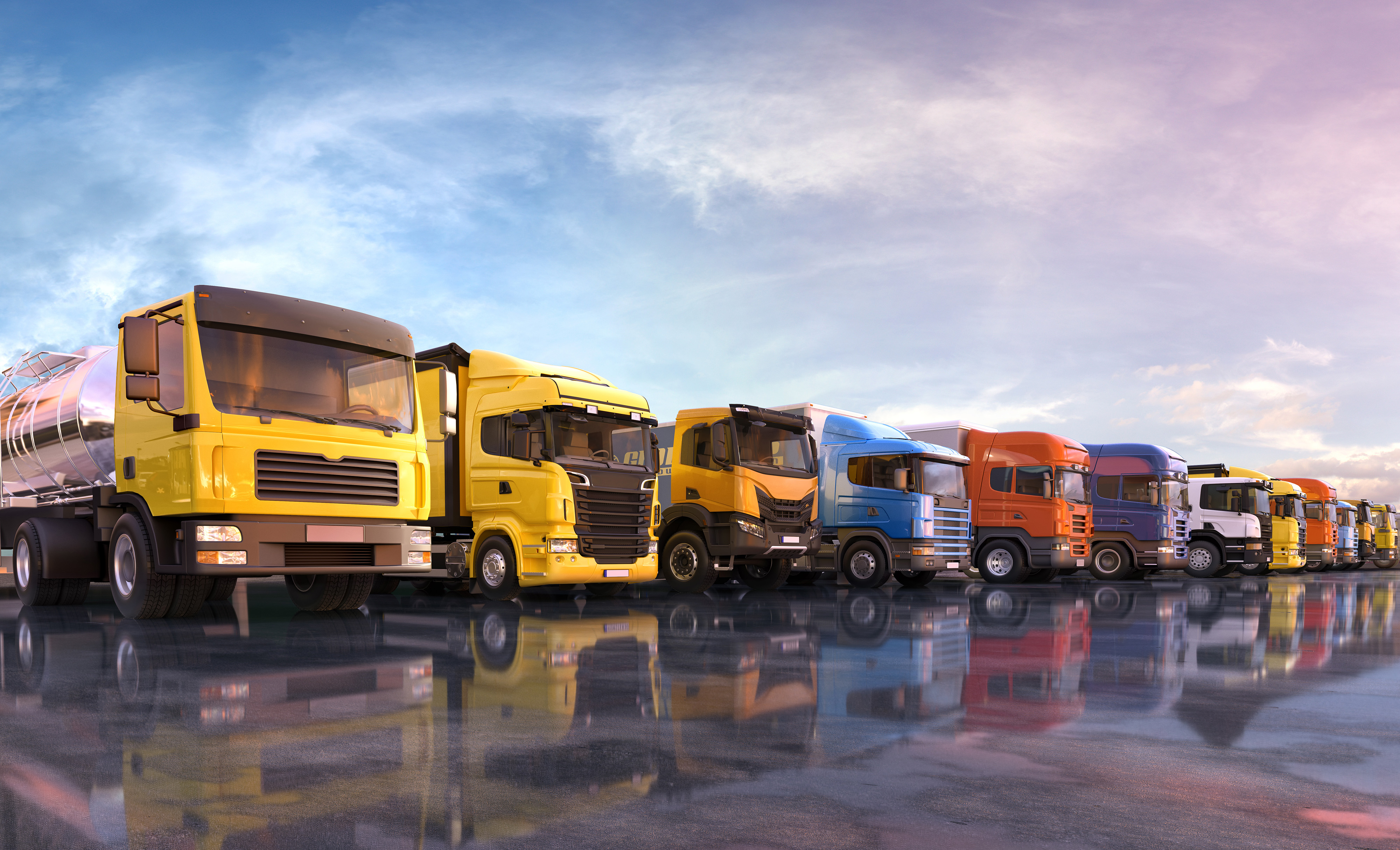
Susie Jones
Sunkvežimių vairuotojai ginčija terminą "vairuotojų trūkumas"
Sukurta: 15-08-2024
•
Atnaujinta: 18-12-2024
2024 m. balandžio 11 d. DfT pradėjo konsultacijas dėl priemonių vairuotojų trūkumui mažinti. Jose ieškoma pasiūlymų leisti asmeniui laikyti teorijos ir manevrų bekelėje egzaminus prieš suteikiant laikinąją sunkiasvorės krovininės transporto priemonės vairuotojo teisę.
Po Kovid-19 ir "Brexit" pramonėje sumažėjo sunkiasvorių sunkvežimių vairuotojų. Dėl pandemijos vėlavo 30 000 naujų vairuotojų testai, o "Brexit" smarkiai smogė automobilių parkų bendrovėms - daug Europos sunkvežimių vairuotojų išvyko iš Jungtinės Karalystės.
2023 m. SNAP ataskaitoje teigiama, kad per ateinančius 10-15 metų šis sektorius gali pasiekti "lūžio tašką". Pramonė sparčiai keičiasi, užsakymai internetu yra vienas sparčiausiai augančių poreikių - kartu su senstančia darbo jėga pramonės poreikiai viršys kvalifikuotų vairuotojų trūkumą.
Ką mano sunkvežimių vairuotojai?
SNAP [socialinėje žiniasklaidoje] (https://www.facebook.com/snapaccount?locale=en_GB) paragino vairuotojus pareikšti savo nuomonę apie DfT pateiktą pasiūlymą. Daugelis vairuotojų schemos nekomentavo, tačiau 72,5 % vairuotojų suabejojo terminu "vairuotojų trūkumas", pavadindami jį gąsdinimu.
Vietoj to jie teigė, kad dėl šių priežasčių patyrę vairuotojai palieka šį sektorių, o tai kartu atgraso naujus kandidatus:
Darbo užmokestis
Iš 72,5 proc. respondentų 28 proc. nurodė, kad mažas darbo užmokestis yra atgrasantis veiksnys. Vairuotojai SNAP socialinės žiniasklaidos puslapiuose siūlė, kad jie galėtų uždirbti daugiau dirbdami kitose profesijose:
"Turiu sunkiasvorio sunkvežimio vairuotojo pažymėjimą, bet neturiu noro juo naudotis. Šiuo metu daugiau uždirbu per valandą dirbdamas vairavimo instruktoriumi. Tai visai ne vairuotojų trūkumas. "
"Mokėkite vairuotojams daugiau pinigų ir suteikite jiems geresnes sąlygas. "
Jungtinėje Karalystėje vyrauja klaidinga nuomonė apie sunkiasvorių sunkvežimių vairuotojų darbo užmokestį - manoma, kad sunkvežimių vairuotojai uždirba daugiau nei vidutinis darbuotojas. Remiantis National Careers, vidutinis sunkiasvorių sunkvežimių vairuotojo darbo užmokestis Jungtinėje Karalystėje yra nuo 22 000 iki 40 000 svarų sterlingų, o patyrę vairuotojai uždirba didžiausią sumą.

Priemonės
Daugelis taip pat atidžiai vertino patalpas - 20 % kaltino prastus standartus dėl to, kad jie išstūmė kvalifikuotus vairuotojus. Sunkvežimių sustojimo aikštelių visoje Jungtinėje Karalystėje įrengimų standartas sulaukė daug kritikos iš šios pramonės šakos atstovų, daugelis teigė, kad jie nėra verti pinigų.
DfT ėmėsi svarbių veiksmų ir įgyvendino 6 mln. svarų sterlingų sunkvežimių stovėjimo aikštelių ir vairuotojų gerovės subsidijų programą - svarų sterlingų, kurią dar 10,5 mln. svarų sterlingų parėmė pramonės atstovai. Pagal šią schemą bus investuojama į 38 sunkvežimių stovėjimo aikšteles visoje Anglijoje, siekiant atnaujinti vairuotojams skirtas patalpas, įskaitant naujus dušus ir restoranus, taip pat geresnę apsaugą.
Tikimasi, kad įgyvendinant šią schemą bus ne tik patobulinta infrastruktūra, bet ir sukurta apie 430 naujų sunkiasvorių sunkvežimių stovėjimo vietų, todėl sumažės stovėjimo aikštelių, kuriose bus galima stovėti, ir aikštelės bus užpildytos iki ankstyvo vakaro.
Darbo trūkumas
Taip pat 20 % vairuotojų paaiškino, kad turi vairuotojo pažymėjimą, bet negali rasti darbo. Remiantis Nacionalinės statistikos tarnybos (ONS) duomenimis, Jungtinėje Karalystėje yra daugiau nei 183 000 sunkiasvorių sunkvežimių vairuotojų darbo vietų. Nepaisant to, kiekviename regione yra skirtingos darbo galimybės, todėl paklausa visoje Jungtinėje Karalystėje yra nevienoda. Keli vairuotojai dalijosi patirtimi, kaip jiems sunkiai sekėsi susirasti darbą:
"Jau septynis mėnesius turiu pirmą klasę ir negaliu gauti darbo. Norėčiau sužinoti, kur trūksta darbuotojų. "
"Koks trūkumas? Nėra daug darbo. "
Vairuotojo profesinės kompetencijos pažymėjimas
10 % respondentų, kurie nei pritarė, nei nepritarė sąvokai "vairuotojų trūkumas", teigė, kad Vairuotojo profesinės kompetencijos pažymėjimas (CPC) suvaidino lemiamą vaidmenį mažinant sunkiasvorių krovininių transporto priemonių vairuotojų skaičių.
2009 m. įvestu DSS siekiama gerinti kelių eismo saugumą, profesionalumą ir aplinkosauginį sąmoningumą, taip pat užtikrinti, kad vairuotojai laikytųsi visų sveikatos, saugos ir teisinių reikalavimų. Konsultacijų dėl CPC politikos peržiūros rezultatai parodė, kad 47 % sunkiasvorių krovininių transporto priemonių vairuotojų teigė, kad ji yra neveiksminga arba labai neveiksminga. Iš SNAP socialinių tinklų vienas vairuotojas pateikė komentarą:
"Atsikratykite CPC, ir aš pradėsiu dirbti pamainomis. Aš nemokėsiu dirbti 35 valandas, mokydamasis daryti tai, ką anksčiau daugelį metų dariau kasdien. "
Vyriausybė pateikė keletą CPC pakeitimų, kuriais siekiama padidinti lankstumą atnaujinant ir vėl įgyjant kvalifikaciją. Be kursų trukmės pakeitimų, Vyriausybė kartu su Vairuotojų ir transporto priemonių standartų agentūra parengs daugiau pagrindinių kursų turinio.
Išoriniai veiksniai, tokie kaip "Brexit" ir COVID-19, kartu su su pramone susijusiomis problemomis padarė didelį poveikį užimtumo rodikliams krovinių vežimo sektoriuje. Nuolat besikeičiančioje aplinkoje pramonė turi ir toliau daryti pokyčius, kai to reikia, kad pritrauktų ir išlaikytų daugiau vairuotojų.
Apie SNAP
SNAP yra skaitmeninė rinka, kuri, pasitelkdama technologijas, saugumą ir platų Europos tinklą, sujungia transporto priemonių parko keliones iš sandėlio į paskirties vietą visoje Europoje.
Kas 13 sekundžių šia paslauga pasinaudoja vienas iš daugiau nei 190 000 sunkvežimių vairuotojų, besinaudojančių SNAP mokėjimo sistema. Operacijos atliekamos daugiau nei 600 sunkvežimių aptarnavimo partnerių tinkle visoje Europoje. [Užsiregistruokite nemokamai] (https://snapacc.com/sign-up/)



